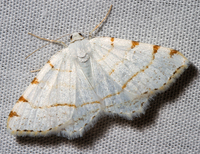
| Recorded by: Jim Petranka and Becky Elkin on 2025-07-29
Madison Co.
Comment: | 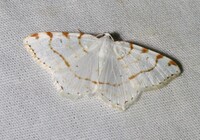
| Recorded by: B. Bockhahn on 2025-07-03
Macon Co.
Comment: |
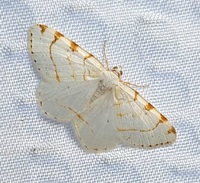
| Recorded by: Mark Basinger on 2025-06-23
Buncombe Co.
Comment: | 
| Recorded by: Jeff Niznik, David George, Larry Chen, Sarah Toner, Joye Zhou on 2025-06-20
Richmond Co.
Comment: |

| Recorded by: Mark Basinger on 2025-06-14
Rowan Co.
Comment: | 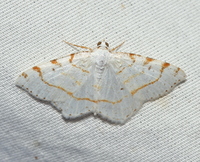
| Recorded by: David George on 2025-06-07
Durham Co.
Comment: |

| Recorded by: Mark Basinger on 2025-06-02
Brunswick Co.
Comment: | 
| Recorded by: David George, Jeff Niznik on 2025-05-24
Richmond Co.
Comment: |

| Recorded by: Mark Basinger on 2025-05-20
Wilson Co.
Comment: | 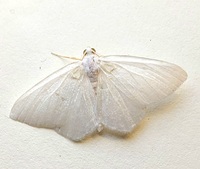
| Recorded by: Mark Basinger on 2025-05-19
Wilson Co.
Comment: |

| Recorded by: David George on 2025-05-17
Durham Co.
Comment: | 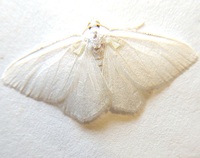
| Recorded by: Mark Basinger on 2025-05-16
Brunswick Co.
Comment: |
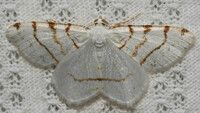
| Recorded by: Chuck Smith on 2025-05-16
Davidson Co.
Comment: | 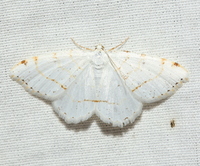
| Recorded by: David George on 2025-05-16
Durham Co.
Comment: |
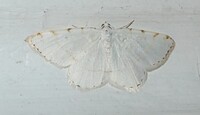
| Recorded by: Simpson Eason on 2025-05-09
Durham Co.
Comment: | 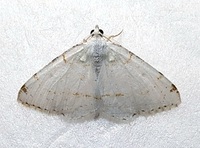
| Recorded by: Mark Basinger on 2025-05-06
Wilson Co.
Comment: |
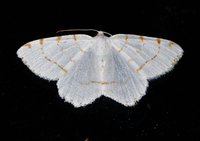
| Recorded by: Jim Petranka on 2024-07-16
Madison Co.
Comment: | 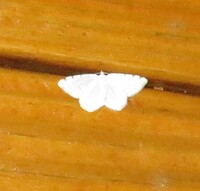
| Recorded by: B. Bockhahn on 2024-07-14
Macon Co.
Comment: |
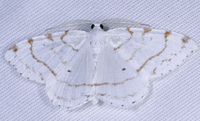
| Recorded by: John Petranka on 2024-07-10
Watauga Co.
Comment: | 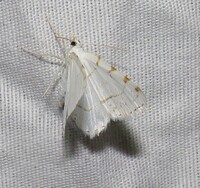
| Recorded by: B. Bockhahn on 2024-07-02
Macon Co.
Comment: |

| Recorded by: Owen McConnell on 2024-06-26
Graham Co.
Comment: | 
| Recorded by: Stephen Dunn on 2024-06-25
Orange Co.
Comment: |
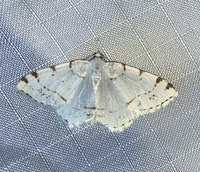
| Recorded by: Ken Kneidel on 2024-06-24
Watauga Co.
Comment: | 
| Recorded by: John Petranka on 2024-06-23
Orange Co.
Comment: |

| Recorded by: Mark Basinger on 2024-06-23
Yancey Co.
Comment: | 
| Recorded by: Jim Petranka on 2024-06-21
Madison Co.
Comment: |
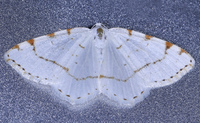
| Recorded by: John Petranka on 2024-06-20
Watauga Co.
Comment: | 
| Recorded by: Owen McConnell on 2024-06-18
Graham Co.
Comment: |

| Recorded by: Dean Furbish, Lior S. Carlson on 2024-06-17
Lincoln Co.
Comment: | 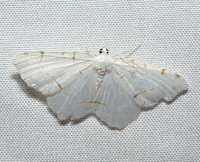
| Recorded by: David George, Steve Hall, Patrick Coin, Mark Basinger on 2024-06-16
Chatham Co.
Comment: |
|

 »
»